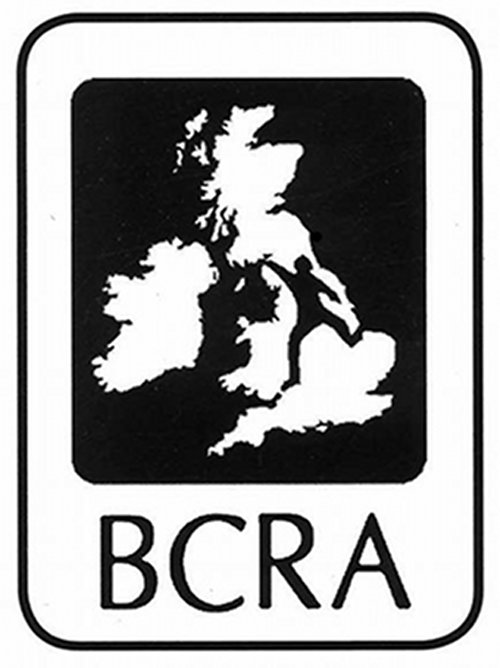It sometimes seems there are as many definitions of the word as there are archaeologists - one American archaeologist, Kent V Flannery, called it “the most fun you can have with your pants on," whereas the realities of fieldwork conditions may sometimes fall short of that mark! Perhaps, in this age of the “Information Super Highway”, we should consult Wikipedia for an answer: “Archaeology is the study of human society, primarily through the recovery and analysis of the material culture and environmental data they have left behind, which includes artefacts, architecture, biofacts and cultural landscapes (the archaeological record).
As an all embracing answer, the Wikipedia definition is probably about as sensible as you will find, but what about the science of archaeology itself? Modern archaeology is a vast subject involving many scientific disciplines and sub-disciplines, ranging from the trowel’s edge to the laboratory, from the entirely practical to the highly theoretical, from the mattock to the scanning electron microscope. Dating methods, surveying, landscape archaeology, bone analysis and past population studies (to name but a few) have benefited from the recent surge of technological and scientific progress which has resulted from the stellar advancement of computer-based technology and the silicone chip.
Archaeologists as individuals can be equally disparate; some work in commercial developer-based archaeology, some in museum curation, many are dedicated to their own long-term amateur projects and many more are based in Universities and Colleges - from the humble undergraduate to the heights of academia. Furthermore, a strong undercurrent of archaeological research is today carried out by enthusiastic amateurs, whether they be lone workers or members of larger local archaeological societies. In these days of government cut-backs and the downturn in new building developments which necessitate prior archaeological intervention, coupled with the possible effects of raised tuition fees on the numbers of new students applying for university courses, the role of the amateur archaeologist has, and will probably continue to become, more important within British archaeology.
That is where you, as a member of the caving community, can play an important role in the recognition and preservation of the archaeological environment in and around caves. As people who are frequently “on the ground” (or underneath it), cavers are in an ideal position to discover, not only new cave extensions and systems, but also evidence of the past human and animal use of caves. Very often, those sediments removed in the hope that a blocked cave passage may extend into new, undiscovered passages, will contain bits of iron, bone, glass and who knows what? Are these things significant? Are they bits of old caving lamps, rivets from clothing, or could they be the remains of Roman or prehistoric artefacts? Are those bones from the ubiquitous dead sheep or of some extinct creature from the distant past - indeed, could they be human bones, and from what provenance - a recent murder or a Neolithic burial?
You are far more likely to discover a collection of animal bones than an assemblage of human cultural or skeletal material in a cave, but you may quickly identify animal bone identification as a fascinating study area in its own right, which can add valuable information to the history of a cave.
So what makes caves archaeologically significant?
As you will know, in rare instances, cave environments protected from surface glacial activity can preserve Palaeolithic cave art and human remains. At the other end of the time scale, shake holes and similar features may be filled with all sorts of offensive scrap metal and garbage. And then there is what, chronologically speaking, lies between. Throughout human history, mankind has explored caves, sheltered in caves, left things in caves, buried people in caves, practiced rituals in caves and used them, without doubt, for other purposes as well. Therefore, caves are often rich repositories for the detritus of human populations that can enhance our archaeological understanding of the past. More commonly found in caves and shafts are the bones of animals, some of which roamed the landscape thousands of years ago and met with some unfortunate death, due to human or animal predation, or simply by falling down a hole in the ground. Apart from being fascinating in themselves, such animal remains can be compared with other environmental data, such as pollen levels information, to tell us a great deal about earlier climatic and environmental conditions. From such conclusions, paired with the findings of the modern Earth Sciences, we can predict to some extent the future environment of the planet which is home to us and innumerable other species.
Why is archaeology important?
Surely, most people with the urge to explore, learn more and understand the world about them will recognise that present day human existence is just “the tip of the iceberg”. Winston Churchill once uttered the wise words; “a country that forgets its past has no future”. It is the inquisitive nature of the human mind which drives us to learn more about our own condition - perhaps this is an evolutionary device in defence of our own continued survival. The sciences, from geology to anthropology, from climatology to zoology, all play a vital part in completing the vast jigsaw of environmental change and human development over time. Archaeology helps to complete an invaluable section of this jigsaw by telling us who we are and where we came from - without that knowledge, then who would we be?
